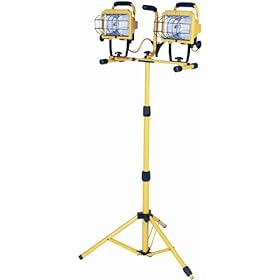At my school we have "worklight" electrical ports on three of our four electrics and the only one that works constantly is the third electric. (Well the first electric works constantly also but we can't seem to turn it off)
The second electric, we plug in the worklights and they are fine for several minutes and then they all shut off.
My question is, what is a cheap way to have worklights cover the stage (preferably from the electrics) without using regular dimmer ports?
Our music teachers go up to the light booth and turn on the face/down lights for class use. (There are three periods of orchestra in there every day.)
The second electric, we plug in the worklights and they are fine for several minutes and then they all shut off.
My question is, what is a cheap way to have worklights cover the stage (preferably from the electrics) without using regular dimmer ports?
Our music teachers go up to the light booth and turn on the face/down lights for class use. (There are three periods of orchestra in there every day.)





